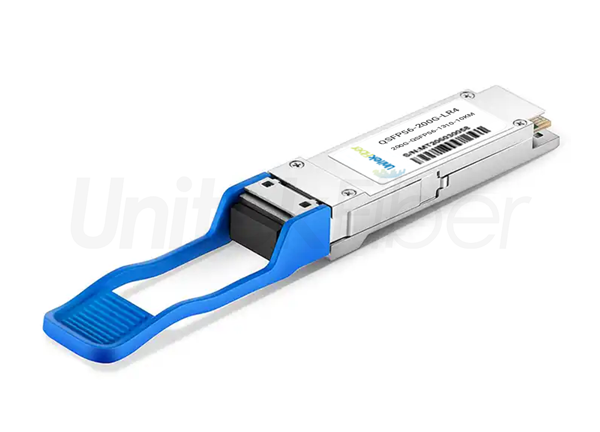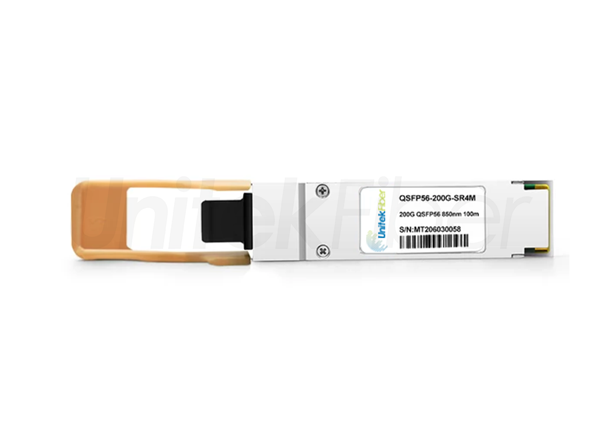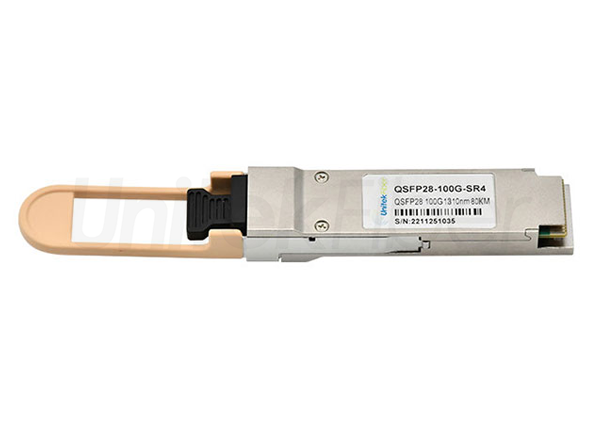
Choosing the according fiber optic patch cord based on the optical module requires considering many factors, including the connection interface type, fiber size, transmission medium, and network requirements. This article will introduce these four aspects in detail.
Transceiver modules usually have a variety of different connection interface types, such as LC, SC, ST, FC and so on. When selecting fiber optic patch cords, first determine the interface type of the optical transceiver and select the corresponding type of fiber jumper. Generally speaking, LC interface is more common because it is more compact and provides higher port density compared to other interfaces.
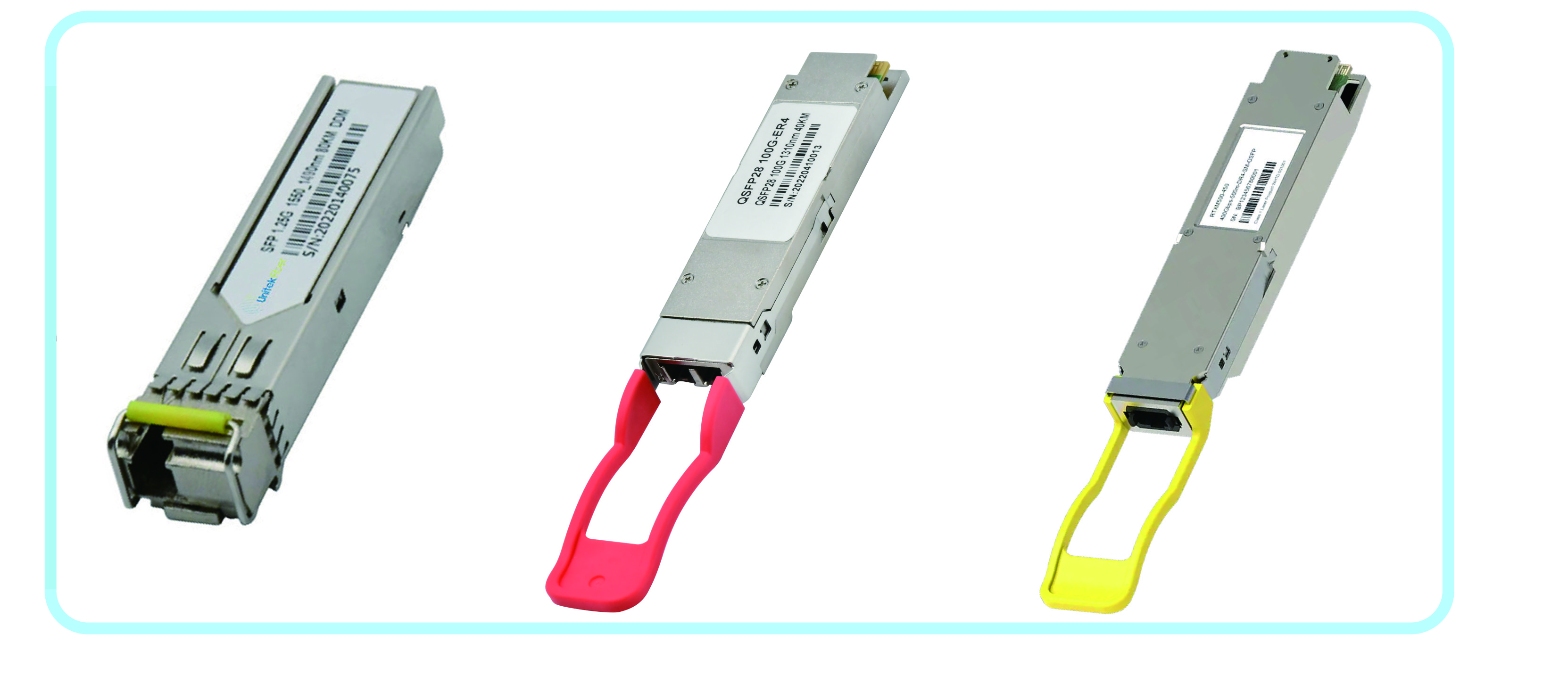
Usually, there are two choices for the type of fiber optic patch cords: single-mode and multi-mode. Single-mode fiber jumper is suitable for long-distance transmission, and high-speed transmission needs. The core size of single-mode fiber is small, usually 9/125microns. Multi-mode fibers are suitable for short distance transmission and are commonly available in 50/125microns and 62.5/125microns. According to the transmission distance and rate requirements of the optical module, select the appropriate type of fiber optic patch cord.
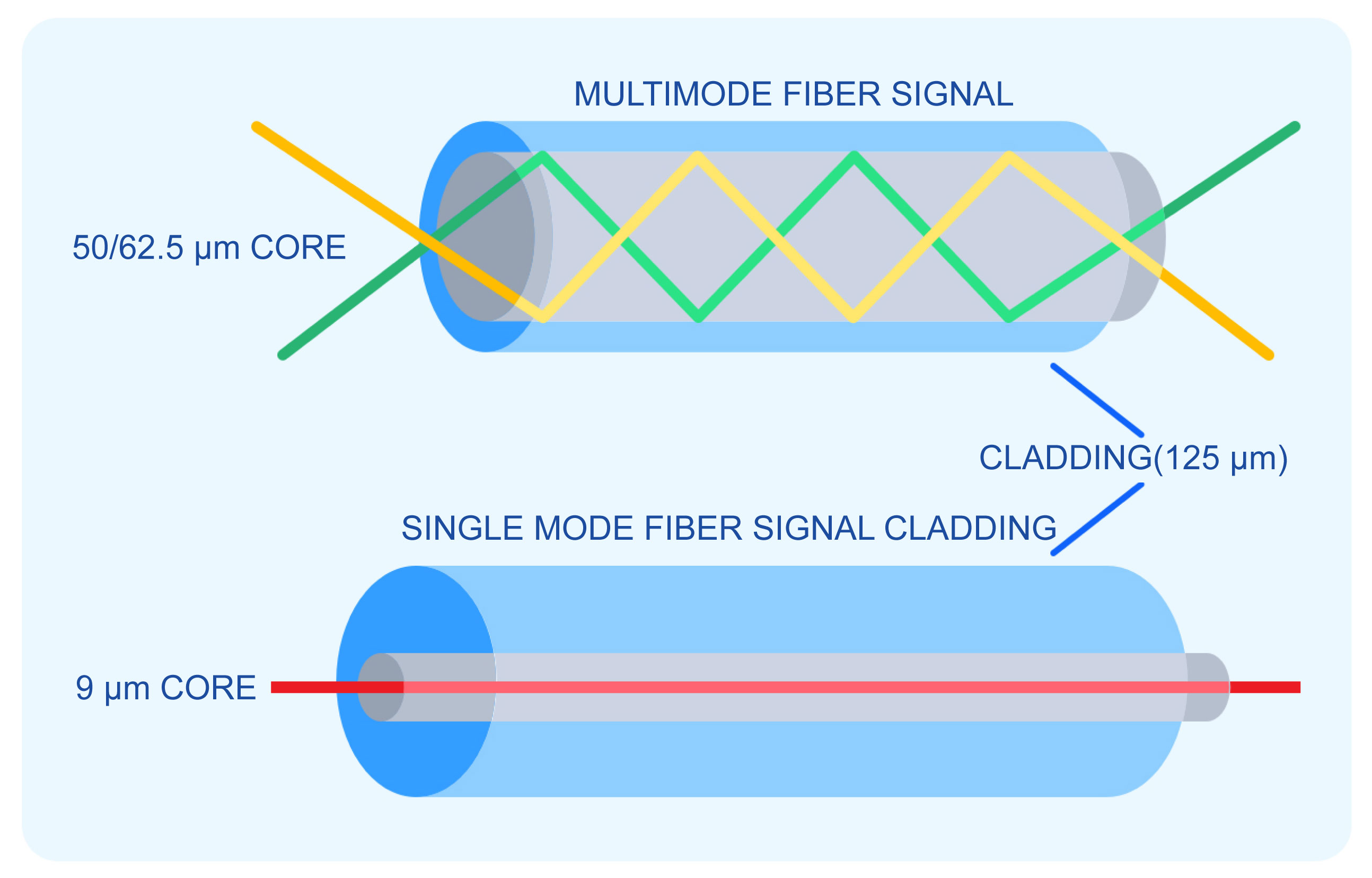
According to the different network requirements and environmental conditions, fiber optic patch cords can be used with different transmission media, such as all-optical, SDI, DVI and HDMI, etc. All-optical transmission refers to the direct transmission of optical signals to the target device, without signal conversion, suitable for long-distance transmission and high-speed transmission. SDI transmission refers to the video signal through the fiber optic transmission, suitable for broadcasting, studio and film production, etc. DVI and HDMI transmission is suitable for television, monitors and multimedia devices and other fields. Select the appropriate fiber optic patch cable transmission medium according to the actual needs.
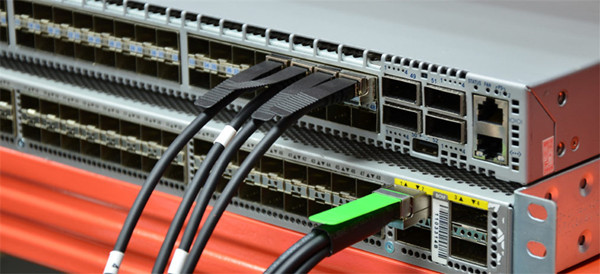
Choose the appropriate fiber jumper according to the actual network requirements. If you need to support high-speed transmission, such as Ethernet above Gigabit, you can choose CAT-6 or CAT-6A fiber patch cord to meet the needs of high bandwidth and low latency. If you need long-distance transmission, you can choose single-mode fiber optic jumper to provide better transmission performance and anti-interference ability. If you need to support multiple applications and device connections, you can choose plug-in fiber optic patch cords for easy replacement and upgrade.
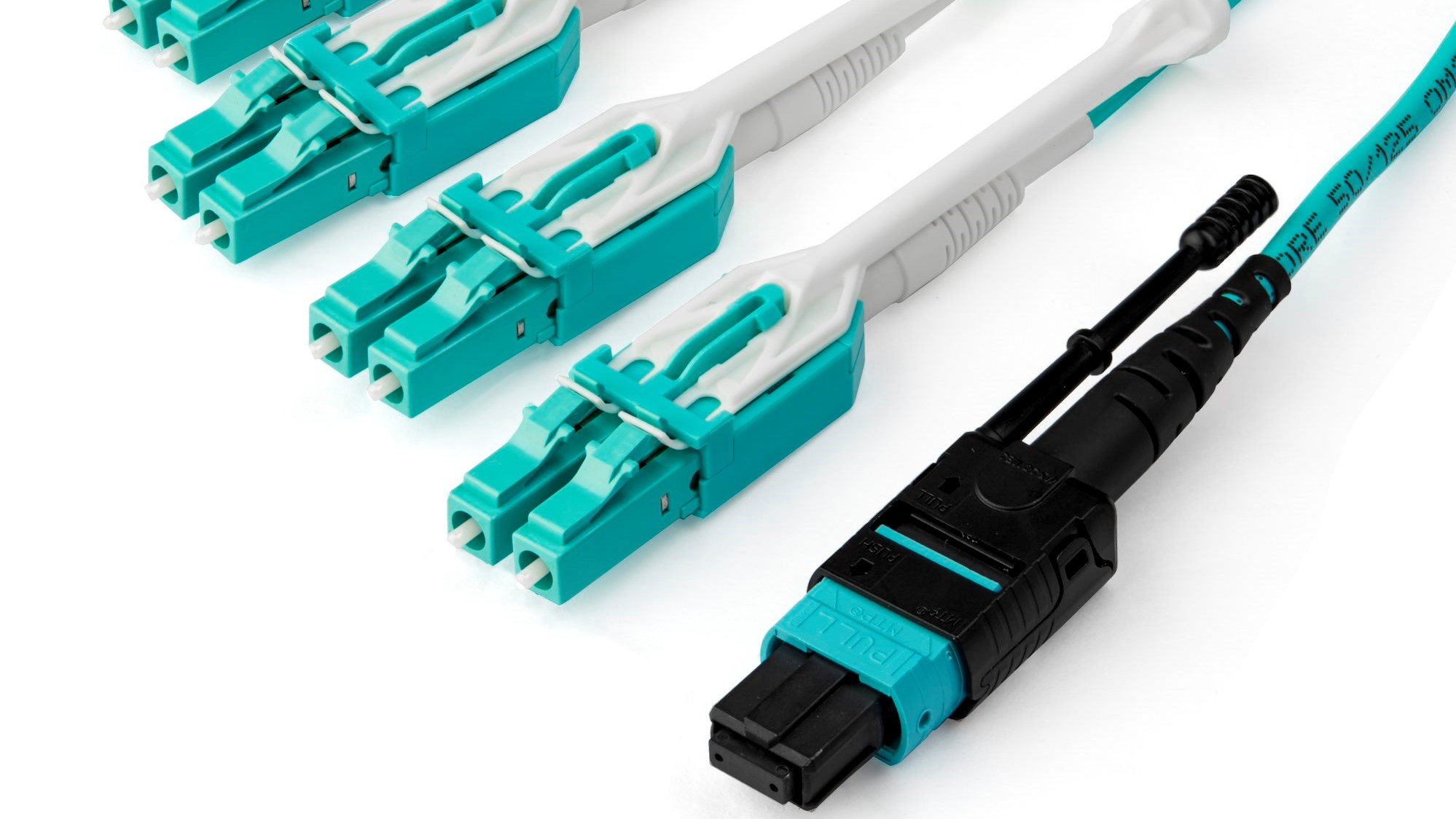
Selecting the appropriate fiber optic patch cable according to the optical module requires comprehensive consideration of factors such as the type of connection interface, fiber size, transmission medium and network requirements. Only according to the actual needs of the selection of the appropriate fiber optic jumper, in order to ensure that the network performance and reliability of the enhancement.
UnitekFiber is an experienced professional fiber networking solution provider, providing all kinds of fiber optic transceiver, fiber optic patch cord, media converter or fiber optic patch panel for data center. UnitekFiber has got you covered. For any inquiries or further information, please don't hesitate to reach out to us at sales@unitekfiber.com.

